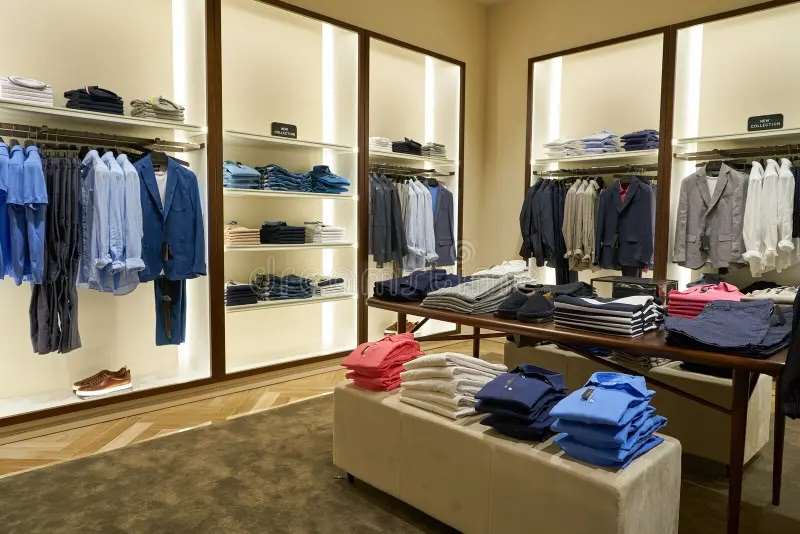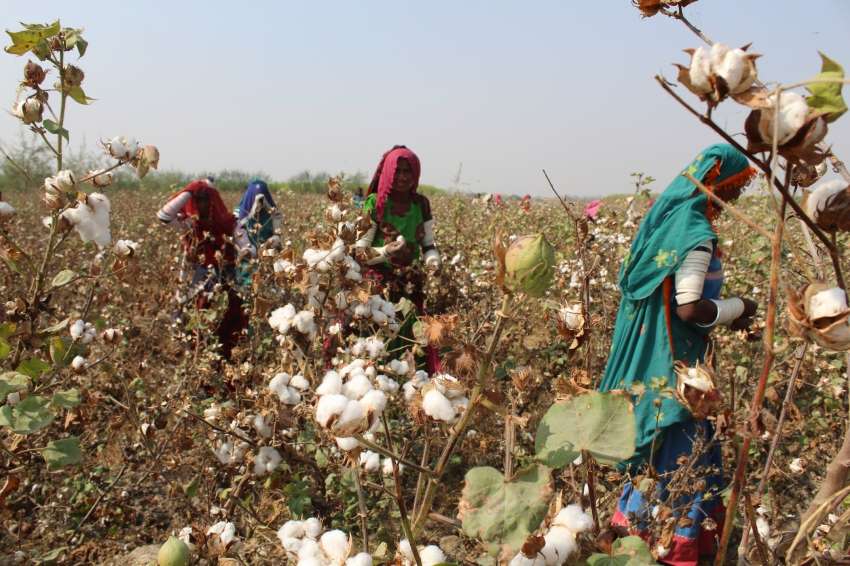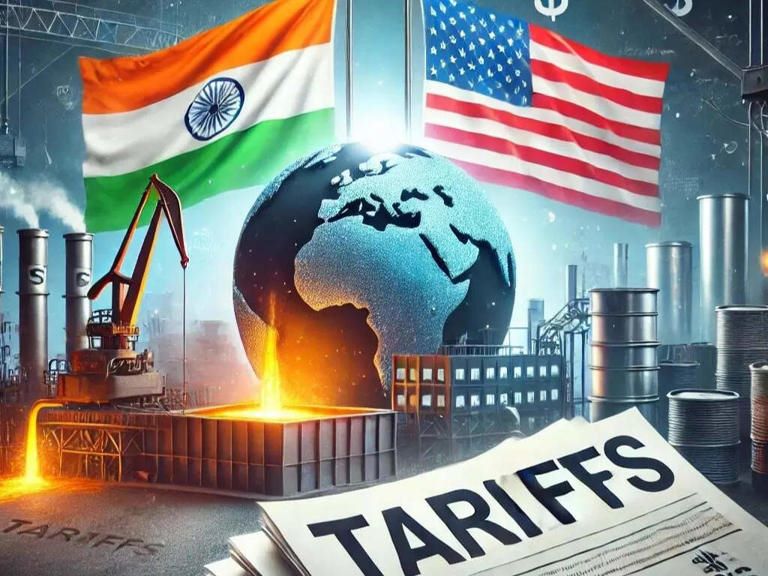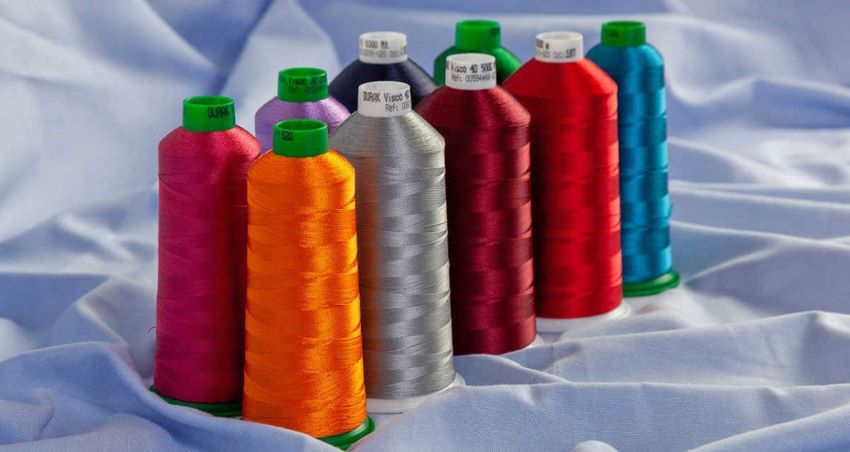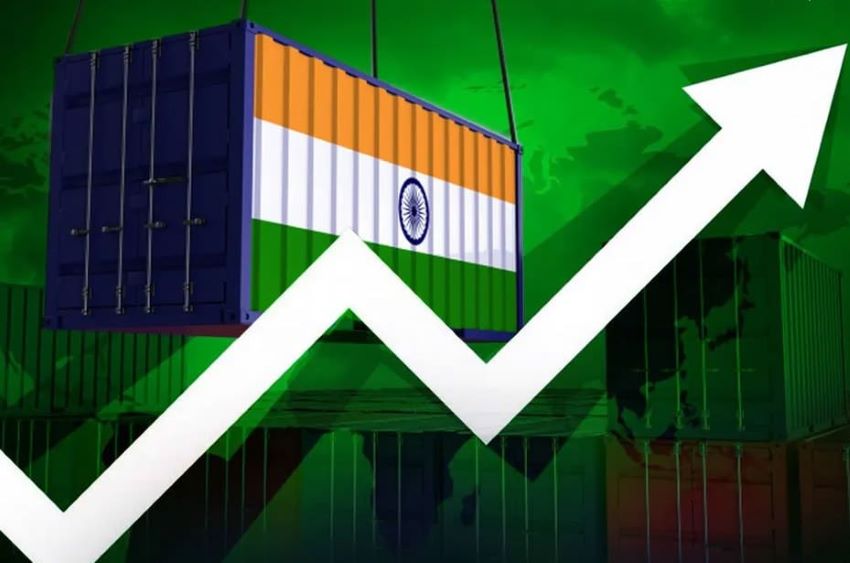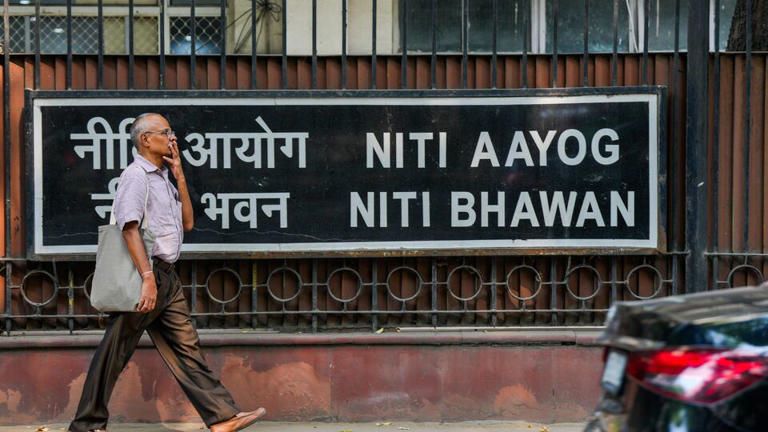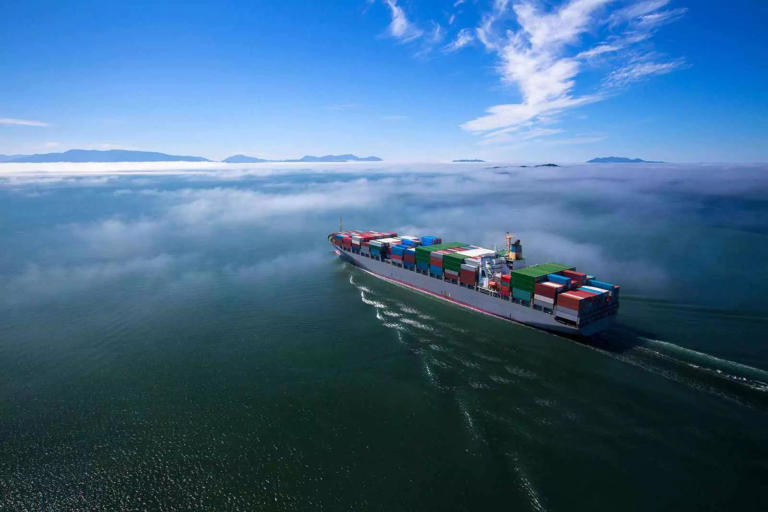
Readymade garment exports from Bangladesh increased 15.56 per cent to $22.996 billion in the first six months of fiscal 2022-23 year (July-June) compared to exports worth $19.900 billion in July-December 2021, indicates data released by the Export Promotion Bureau.
Bangladesh's textile and garment machinery market is now worth over $4 billion as the sector has registered 20 per cent year-on-year growth, thanks to its strong textile and garment manufacturing strength, say experts. As the world’s second largest garment exporter, one of the major factors that drives Bangladesh’s booming textile and garment industry is the growing foreign direct investment in the industry.
The country’s cheap labor, preferential location in the heart of the Asia-Pacific region, and government support are some reasons why a large amount of investment has been made in Bangladesh’s textile and garment industry. This has resulted in manufacturing and employment growth and helped increase foreign exchange inflow which Bangladesh needed, particularly now since it received an IMF bailout of nearly $5 billion.
Luring FDI from China, South Korea, Japan
With foreign exchange reserves steadily declining, the government is keen to attract FDI to boost the nation’s foreign exchange reserves back to healthy levels. While the government is welcoming FDIs across industries, its core strength in manufacturing of textiles and readymade garments has a solid infrastructure backing, creating a plug and play situation for foreign investors. The government's efforts to attract FDI in both within and outside the Export Processing Zones (EPZs) is not industry-specific, and hence not meant to exclude any specific manufacturing sector beyond the scope of investment.
South Korea has traditionally been the single largest foreign investor in the local readymade garments and textiles sector and the government is impressing upon South Korea to invest more. Meanwhile, with China not wanting to manufacture low-end readymade garments due to its rising manufacturing costs, Bangladesh is trying hard to relocate these manufacturing units its own land. Bangladesh Garment Manufacturers and Exporters Association president Faruque Hassan has sought China’s cooperation to transform their RMG industry from cotton to non-cotton and high-value items in order to move up the value chain. As Japanese companies with manufacturing units in China had started relocating to Vietnam and Cambodia after China imposed a zero Covid lockdown policy Bangladesh also jumped into the fray to attract Japanese companies to relocate to the country.
Manufacturers concerned over FDI inflows
Most of the FDI in Bangladesh RMG sector is not big ticket. Rather, they are foreign collaborations of medium or small, size which then pit themselves against local small and medium size manufacturers who are increasingly concerned about competition and their ability to fund superior manufacturing processes against foreign collaboration units. Local manufacturers are already upset that their government has allowed foreign investments outside the export processing zones.
The government’s policy of unconditional approval to FDI to attract foreign exchange can put the local manufacturers in a tight spot as they will lose competitiveness and eventually business. Hence, local manufacturers want FDI in Bangladesh RMG sector limited to the free processing zones only. A while ago, local manufacturers had agreed to FDI outside free processing zones to only manufacture high-end fashion garments for new markets like Russia, Brazil, South Africa, Australia and India. However, once the trend started, there seems to be no holding back.
Indian investors look to non-cotton RMG sector
As per BGMEA president Faruque Hassan, businesses in India are interested in investing in manufacturing of non-cotton goods in Bangladesh. The investments are lined up for not only the free processing zones but also outside it. Hassan had accompanied the Bangladeshi PM on her visit to India and met several medium to large size businesses that he hopes will invest in the country. Indeed, India’s investments in Bangladesh’s non-cotton RMG sector may not raise heckles of local manufacturers at the moment, but there is a possibility in the future as many manufacturers are moving towards non-cotton products.

